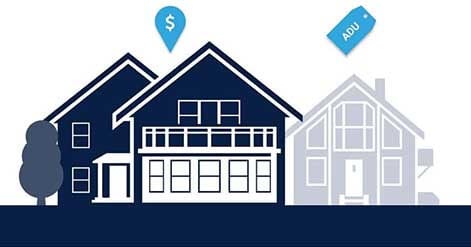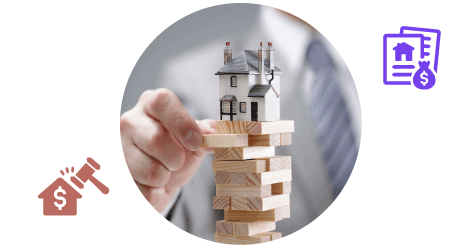Part 2 - Credit bubble finds home in housing

Part two of a nine-part series.
While the credit bubble artificially inflated the cost of everything from higher education to fueling your car, its greatest impact was on the housing market. Today, I’ll look at the factors that primed the housing market as the perfect target for credit products that defied reason and took house prices and sales to dizzying heights. To me, four factors rose above the rest: the Taxpayers Relief Act of 1997, the sales-comparison approach to real estate appraisals, the leveraged nature of home purchases and the lack of job opportunities outside the finance, insurance and real estate industries.
The Taxpayers Relief Act of 1997 gave homeowners a huge incentive to become speculators and flippers by allowing them to pocket $500,000 in tax-free capital gains on the sale of a home every two years. As written, this exclusion has no other reasonable purpose, and it exists despite the clear detriment to homeowners who put their retirement at risk by not paying off their 30-year mortgage as previous generations did. If this law were intended to help retirees downsize, as has been argued, there would have been no reason to allow the exclusion every two years. In the long run, I think most historians will find this law put the notion of retirement at risk and primarily benefitted financial institutions that earn fees from real estate transactions. In California, county property tax coffers were another beneficiary as people who moved lost their Prop. 13 assessments.
The sales-comparison approach to real estate appraisals also contributed to the bubble because it completely fails to take into account area residents’ ability to afford those appraised values. Instead, these appraisals can build upon one another into the stratosphere. Had lending been constrained to values that were reasonably supported by area incomes--a variation on the income-capitalization approach to appraisal--increases in value beyond borrowers' ability to repay would have never been reached.
We have a national obsession with homeownership, and homebuyers are encouraged to spend as much as they can "afford" to buy a house. Most home purchases are highly leveraged since the majority of the purchase price comes from a home loan. That means how much a buyer can afford is determined by his or her income and the lenders' loan terms. Incomes rose from 2000 to 2008, but the dramatic increase in home prices was largely due to falling interest rates, higher allowable debt-to-income ratios, smaller downpayments, interest-only payments and payment-option adjustable-rate mortgages, all of which lowered payments for a given loan amount and allowed borrowers to "afford" higher-priced homes. This chain of events consequently pushed home prices higher. The removal of many of these financial "innovations" in late-2007 directly correlated with the subsequent drop in home prices. The majority of buyers simply couldn't afford to purchase a home at those prices, given more restrictive loan terms. That caused demand to decline until prices dropped to affordable levels. That's as it should be, but those who want to pursue affordable housing goals through easier lending standards need to understand that home prices will adjust to the new loan programs. Therefore the sole result of easier lending is higher prices, not greater affordability.
Finally, the continued destruction of productive jobs in the U.S. has forced workers to seek employment in other sectors. The finance, insurance and real estate industries, sometimes called the "FIRE economy," picked up much of the slack. When high technology, the other major source of employment growth, came to a screeching halt after the dot-com bubble popped, we faced a near certain period of economic stagnation. With little alternative, we could not have been more primed as a country to buy into the notion that home prices only go up. After all, this notion created an amazing number of jobs, magically increased everyhomeowner's net worth, created a windfall for government at all levels and quickly brought our economy back to life. It was such a powerful aphrodisiac that it was quickly replicated around the world. Bubbles know no bounds or boundaries.
Like most good highs, the housing bubble eventually had to come to an end because it was based on a fundamentally unsupportable premise, that economies can grow, and wealth and prosperity can be created through credit.


